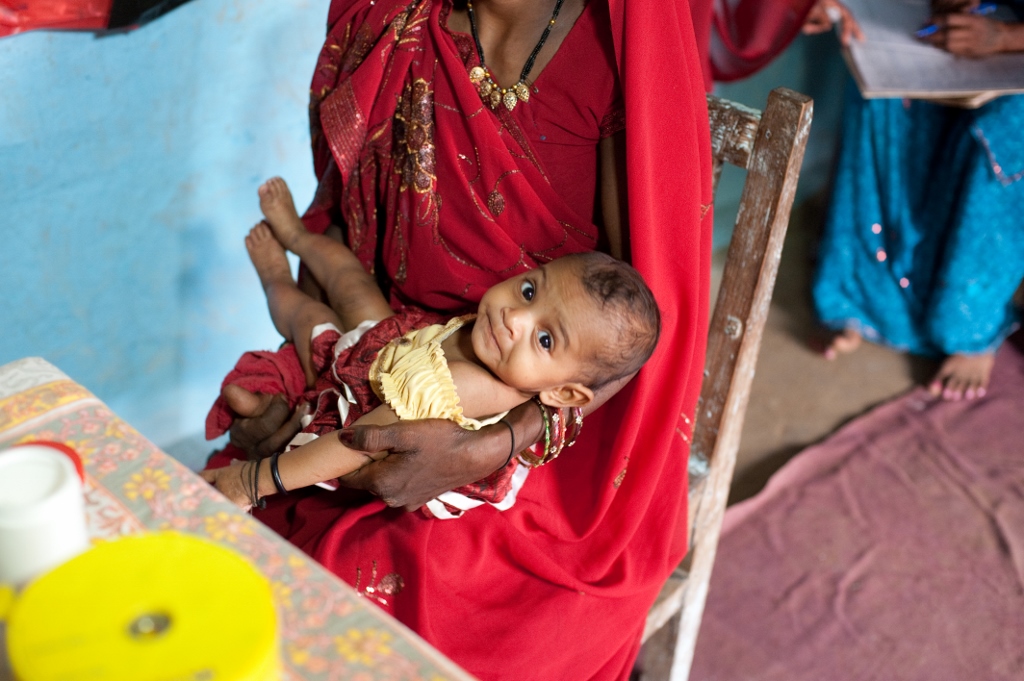Why I’m feeling more optimistic than ever about defeating rotavirus
|

Last week, the New England Journal of Medicine published some encouraging new results from a rotavirus vaccine study in Niger. The new vaccine was found to be safe and effective in preventing severe rotavirus diarrhea while being transported and stored at ambient temperature, avoiding the challenging cold-chain requirements that apply to most other vaccines. This news, along with some milestones that may be reached later this year, could make 2017 a real turning point in the fight against this leading cause of severe diarrhea.
Although two globally available rotavirus vaccines have already been introduced into the national immunization programs of more than 80 countries, they remain out of reach for many children in the world’s poorest countries. We need new rotavirus vaccines for two reasons – manufacturing capacity and affordability. Without a significant increase in production capacity, the current manufacturers will not be able to meet the projected global demand for rotavirus vaccines. In addition, their costs are such that even increased volume will not yield deep enough price reductions to meet the needs of low-income countries.
PATH is at the forefront of global efforts to address this gap, working hard to speed the development of safe, effective, and affordable new rotavirus vaccines. Although we didn’t conduct the study in Niger, the vaccine used in the trial (BRV-PV) is one that we’ve been collaborating on with Serum Institute of India since 2011. Over the last four years, we’ve partnered with them on the conduct of a similar Phase 3 efficacy study of the vaccine in India with 7,500 infants at six sites. The study was recently completed and the data are under analysis. We’re also working with Serum Institute to conduct an additional Phase 3 study to gather data required for World Health Organization (WHO) prequalification, which would allow UNICEF and Gavi, the Vaccine Alliance to purchase the vaccine for use in eligible low-resource countries.
Results from these two Phase 3 studies in India should be available later this year, completing Serum Institute’s application for WHO prequalification of the BRV-PV. The Niger results are a valuable addition to the application, as they demonstrate the vaccine’s safety and efficacy in an African setting.
In addition to these exciting developments with the BRV-PV, PATH also worked in partnership with Bharat Biotech and the Government of India’s Department for Biotechnology to conduct clinical trials that led to the licensure of ROTAVAC®, a rotavirus vaccine that is currently only available in India. Bharat Biotech has also applied for WHO prequalification of ROTAVAC® and a decision may be coming soon.
So, what does all of this mean for kids who still don’t have access to rotavirus vaccines? It means that, in the next year, we may see two new, more affordable rotavirus vaccines achieve prequalification by WHO, one of which doesn’t even need cold chain storage. This will greatly expand the options for low-resource countries interested in introducing rotavirus vaccine. And, most importantly, it means that we are getting so close to reaching every last infant, no matter where they live, with the protection of lifesaving rotavirus vaccines.
Photo credit: PATH/Gabe Bienczycki.














